Credit scores
Whether establishing credit for the first time or trying to improve your credit score, consider these strategies and tips.
Learning about credit scores
What is "good" credit? Why is it important to have good credit? And what is credit utilization ratio?
credit scores585 credit score: A guide to credit scores

A 585 credit score is considered fair or subprime, depending on the scoring model. Learn about your approval odds and steps to help improve your score.
credit scoresCredit monitoring vs. identity monitoring: What’s the difference?

Discover the differences between credit monitoring and identity monitoring.
credit scores500 credit score: A guide to credit scores

A 500 is considered poor or subprime depending on the scoring model. Learn about your chances of approval and ways to help improve your score.
Understanding the importance of your credit history
credit scores
500 credit score: A guide to credit scores A 500 is considered poor or subprime depending on the scoring model. Learn about your chances of approval and ways to help improve your score.
A 500 is considered poor or subprime depending on the scoring model. Learn about your chances of approval and ways to help improve your score.credit scores
520 credit score: A guide to credit scores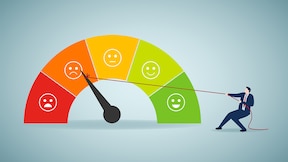 An 520 credit score is considered poor or subprime depending on the scoring model. Discover your approval odds and steps to help improve your score.
An 520 credit score is considered poor or subprime depending on the scoring model. Discover your approval odds and steps to help improve your score.credit scores
570 credit score: A guide to credit scores A 570 credit score is considered fair or subprime, depending on the scoring model. Learn about your approval odds and ways to help improve your score.
A 570 credit score is considered fair or subprime, depending on the scoring model. Learn about your approval odds and ways to help improve your score.credit scores
580 credit score: A guide to credit scores A 580 is considered fair or subprime depending on the scoring model. Learn about your approval odds and ways of increasing your score.
A 580 is considered fair or subprime depending on the scoring model. Learn about your approval odds and ways of increasing your score.credit scores
590 credit score: A guide to credit scores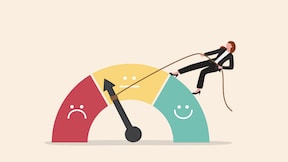 A 590 credit score is considered fair or subprime, depending on the scoring model. Learn about your approval odds and steps to help improve your score.
A 590 credit score is considered fair or subprime, depending on the scoring model. Learn about your approval odds and steps to help improve your score.credit scores
530 credit score: A guide to credit scores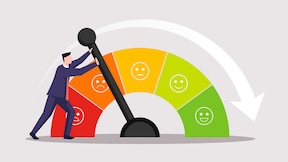 A 530 is considered poor or subprime depending on the scoring model. Learn about your chances of approval and ways to help improve your score.
A 530 is considered poor or subprime depending on the scoring model. Learn about your chances of approval and ways to help improve your score.credit scores
524 credit score: A guide to credit scores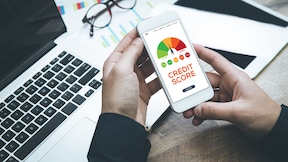 A 524 is considered poor or subprime depending on the scoring model. Learn about your chances of approval and ways to help improve your score.
A 524 is considered poor or subprime depending on the scoring model. Learn about your chances of approval and ways to help improve your score.credit scores
811 credit score: A guide to credit scores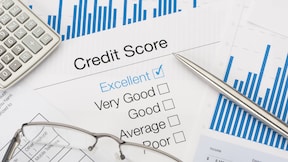 An 811 credit score is considered exceptional or super prime depending on the scoring model. Discover your borrowing opportunities and steps to protect your score.
An 811 credit score is considered exceptional or super prime depending on the scoring model. Discover your borrowing opportunities and steps to protect your score.
Explore financial education